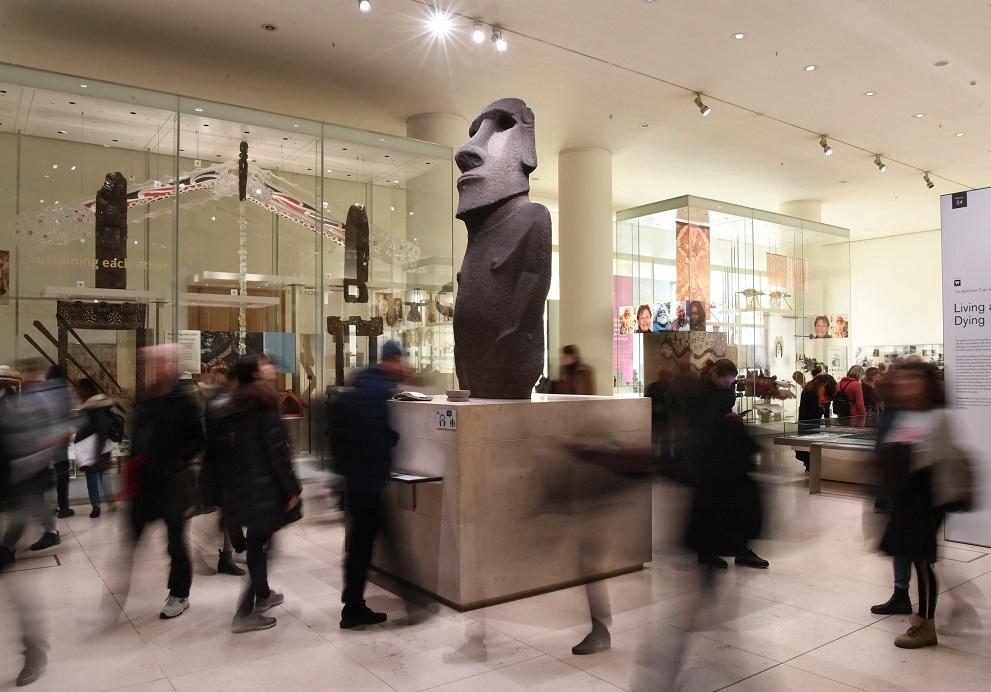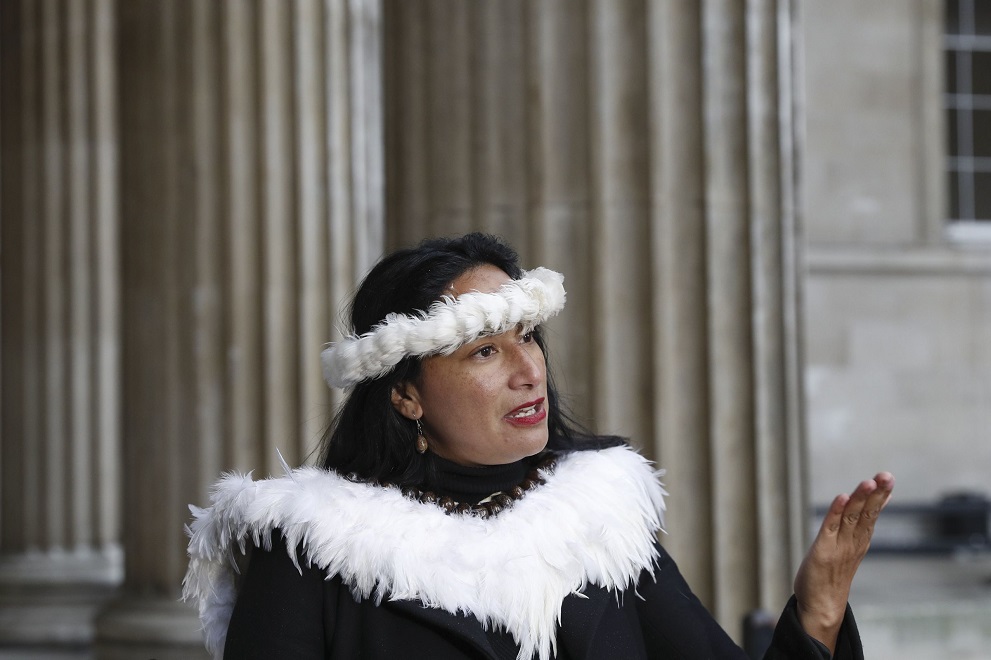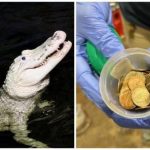Easter Island, known as Rapa Nui in the local language and Isla de Pascua in Spanish, is a Chilean dependency in the Pacific Ocean that is famous for the “moai” statues that dot its landscape.
Islanders carved the enormous paleolithic structures in the shape of human heads to commemorate their ancestors, believing that they represent incarnations of dead relatives.
Social media influencer Mike Milfort, who has 7.5 million followers on TikTok, has made a number of posts about the moai at the British Museum, an 8-foot-tall basalt figure known as Hoa Hakananai’a (“lost or stolen friend”), which was taken without permission in 1868.

The campaign led to a flood of comments on Instagram posts from the British Museum, with many including the phrase”Devuelvan el moai,” or “give the moai back.”
In response, the museum deactivated comments on one post, which was made in conjunction with the museum’s youth outreach program.
“Comments were only deactivated on one social media post,” a museum spokesperson told CNN in a statement Monday. “We welcome debate, but this has to be balanced against the need for safeguarding considerations, especially where young people are concerned.”
Chilean President Gabriel Boric also mentioned the campaign in an interview with local radio station Radio Chiloé.

“The English should give us back the moai,” Boric said last month, during a conversation about tourism in Chile.
According to the British Museum, around 887 moai were erected between 1100 and 1600 C.E.
The moai in London is one of only 14 made from basalt. Donated to the museum by Queen Victoria, who had received it as a gift, it is estimated to weigh about 4.6 tons.
The social media campaign is the latest stage in efforts to get it back to Easter Island.
In November 2018, the island’s then-governor urged the British Museum to return the statue, claiming that the English “have our soul.”
Tarita Alarcón Rapu made a tearful appeal to the UK, expressing hope that a loan arrangement could be agreed.
Then, in June 2019, a delegation from the museum traveled to Easter Island to discuss calls for the return of its famous artifacts.
A museum spokesperson told CNN that other initiatives involving representatives from Easter Island had taken place at the British Museum in 2022 and 2023.
“We have good and open relations with colleagues in Rapa Nui,” the spokesperson said.
“These events have strengthened relationships with the community, and laid the foundation for further collaborations,” they continued.
The British Museum, like other cultural institutions across the Western world, is facing calls to return many artifacts to their place of origin.
In January, the British Museum and London’s Victoria and Albert Museum announced that they would send back silver and gold artifacts looted from Ghana in the 19th century, after a long-term loan agreement was struck.
The items, which are related to the Asante royal court, will be displayed at the Manhyia Palace Museum in Kumasi.


